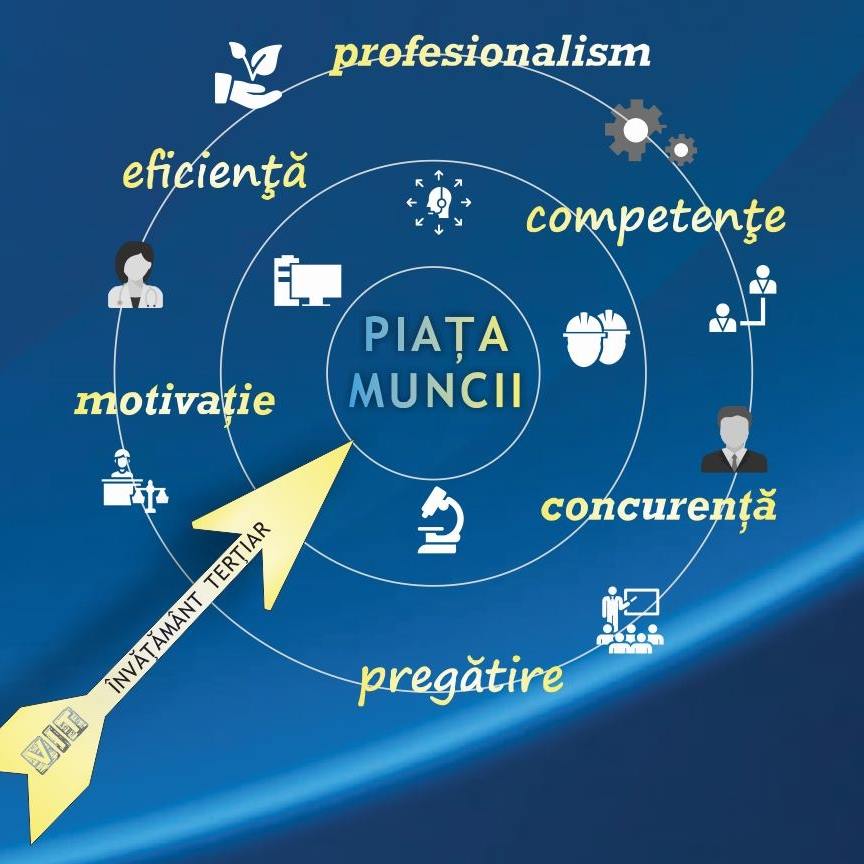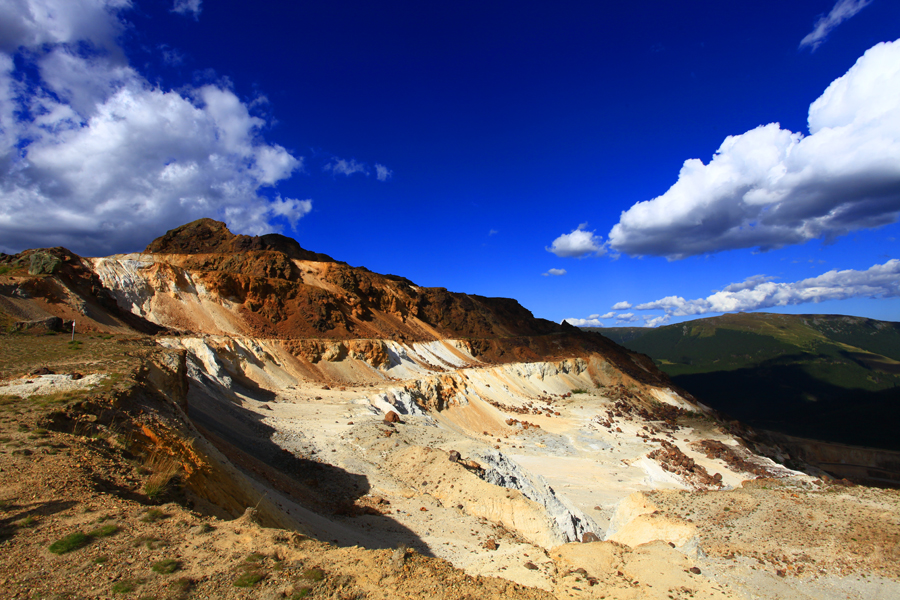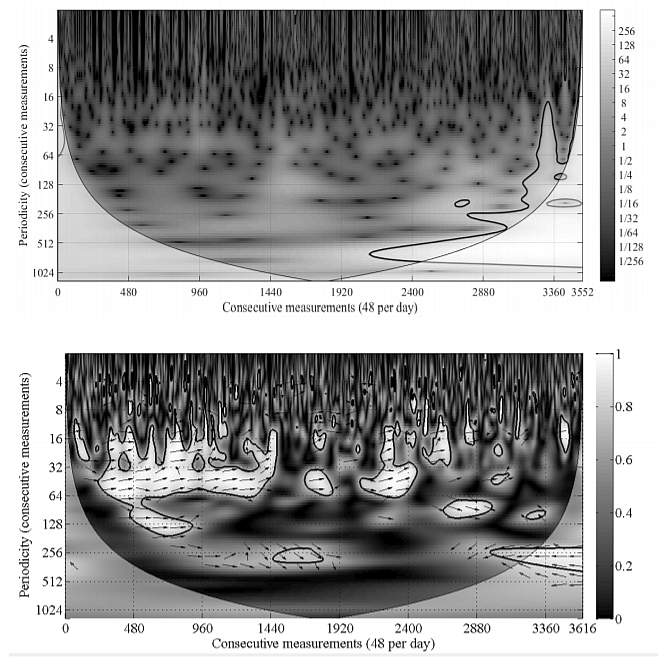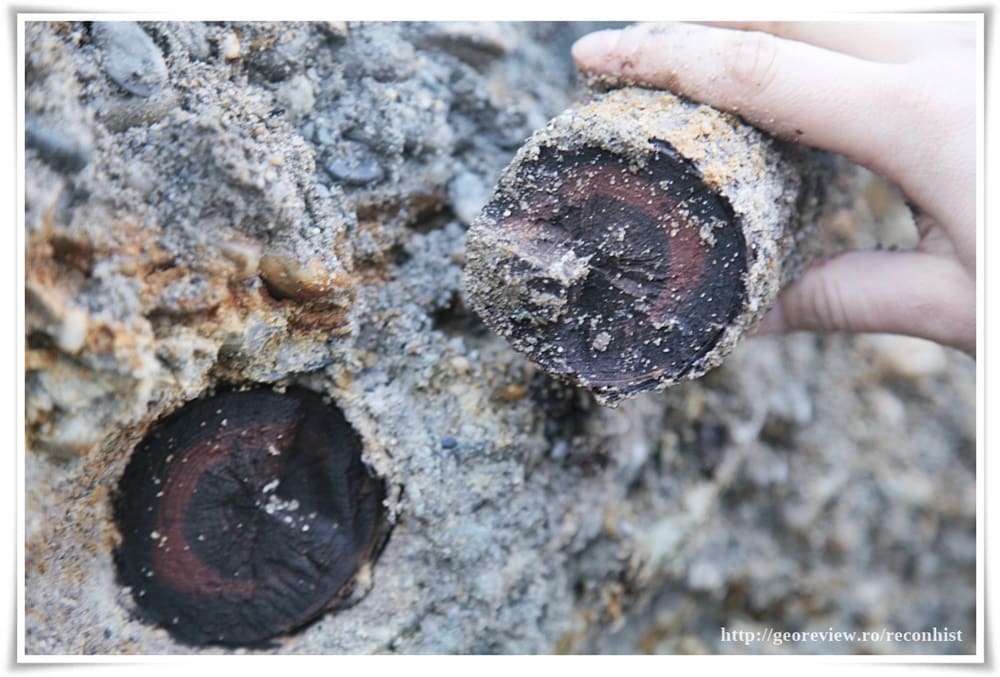
Climate variability recorded by glacial deposits and lake sediments
UEFISCDI Romania, 650.000 RON, 2012-2016 / Director: Assoc. Prof. Marcel MINDRESCU

Summary:
The goal of the project is to synthesize data from glacio-lacustrine records and glacial deposits from surrounding areas that span the Last Termination (ca 22–11.5 ka) and Holocene for climate reconstruction.
We propose the investigation of three key regions (glacial lakes within classical glacial cirques from three corners of the Romanian Carpathians – Rodna/Maramures, Iezer/Fagaras and Retezat) for understanding the pattern of glaciation(s)/deglaciation(s) and Holocene climatic events in the Carpathians in the context of rapid climate variability. Therefore, considering the location of investigation sites, our project was also coined “The Three Romanian Carpathians Corners Project”. We aim to assess the potential of mountain lake sediment records and glacial deposits from proximity in order to place current climate change in the context of long-term natural climate variability in the Romanian Carpathians.
Project page: http://georeview.ro/cirques&lakes/
Assessing climate variability and human impact based on the study of sediments and glacial deposits in Rodna Mountains, Northern Romania
Swiss Sciex Fellowship, +80.000 CHF, 2016-2017 ; Research fellow: Andrei Zamosteanu; Home Institution mentor: Marcel MINDRESCU

Inserția pe piața muncii – vectorul învățământului terțiar (SMIS 121221)
FSE / Programul Operaţional Capital Uman 2014-2020 – „Măsuri de optimizare a ofertelor de studii din învățământul superior în sprijinul angajabilității” , +5.900.000 lei, februarie 2019 – august 2021
Manager de proiect: Dr. Ioana COZIANU ; Beneficiar: Universitatea ”Ştefan cel Mare” din Suceava; Parteneri: Universitatea din Piteşti, Universitatea de Vest din Timişoara şi Universitatea „Vasile Alecsandri” din Bacău

Proiectul „Inserția pe piața muncii – vectorul învățământului terțiar” (cod SMIS 121221) este cofinanțat din Fondul Social European prin Programul Operaţional Capital Uman 2014-2020, Axa prioritară 6 – „Educație și competențe”, în cadrul Apelului POCU/320/6/21 – „Măsuri de optimizare a ofertelor de studii din învățământul superior în sprijinul angajabilității”.
Scopul proiectului îl reprezintă diversificarea şi îmbunătăţirea ofertei şi programelor educaţionale din patru centre de învăţământ superior acreditate – reprezentative pentru trei regiuni de dezvoltare, în vederea intensificării procesului de integrare a cursanţilor şi studenţilor în învăţământul terţiar universitar şi non-universitar, în corelaţie cu nevoile pieţei muncii din sectoarele economice/ domeniile identificate prin SNC și SNCDI.
Proiectul va fi implementat de Universitatea ”Ştefan cel Mare” din Suceava, în parteneriat cu Universitatea din Piteşti, Universitatea de Vest din Timişoara şi Universitatea „Vasile Alecsandri” din Bacău, în perioada februarie 2019 – august 2021.
Valoarea totală a proiectului este de 5.913.896,21 lei, din care valoarea contribuţiei Fondului Social European este de 5.026.811,79 lei, valoarea contribuţiei de la bugetul naţional este de 768.806,21 lei, iar contribuţia partenerilor este de 118.278,01 lei.
Website: http://vit.usv.ro/

Streamwater quality real-time data analysis
UEFISCDI Romania, Postoctoral Research Project, 2018 – 2020 (acronym: SQRTDA; code: PN-III-P1-1.1-PD-2016-2106)
Director/Post-doctoral Fellow: Dr. Andrei-Emil BRICIU ; Mentor: Dr. Adrian GRAUR

This project aims to monitor streamwater quality parameters by using an online water quality real-time monitoring network. High temporal resolution measurements of water quality parameters are not common in Romania and this project will solve this issue for Suceava River upstream and downstream the Suceava city. Because important streamwater self-purification phenomena were observed for Suceava River (as seen in some studies), we choose to monitor other water quality parameters (than those studied until now) for a better knowledge of the self-purification mechanisms. Water measurement data will be analyzed by using the wavelet transform and other analysis techniques. All data obtained from the implemented water quality monitoring system will be publicly available online and real-time, together with data interpretations for an entire year of measurements. The wavelet transform will also be useful for offering streamwater quality forecasts. MATLAB script files will be created in order to analize streamwater quality data, to allow other to reproduce the results and to offer easy-to-implement analysis methods to everyone.
Project page: http://water.usv.ro/

Dynamique des paysages culturels situés dans les sites aux friches minières dans la élaboration des stratégies rurales
AUF (Agence Universitaire de la Francophonie), BECO-2016, 2016-2017
Director: Assoc. Prof. Viorel CHIRITA
USV Partener: Université de Liège, Belgique

L’espace rural roumain est marqué, tout comme la société dans son ensemble, par une série de transformations profondes, aussi bien au niveau de l’utilisation des ressources qu’au niveau du mode dont les habitants des villages s’adaptent à des changements profonds des partenaires de développement local. Dans le cadre de ce processus, les stratégies de développement ignorent les particularités géographiques et culturelles de certaines zones affectées par des fonctionnalités économiques non-adéquates ou par des aires minières abandonnées.
Le projet se propose une approche stratégique durable du développement durable de l’espace rural, par l’analyse des particularités géographiques des paysages culturels et surtout des friches minières (aires minières abandonnées) appartenant à la Roumanie et à la Belgique.
Project page: http://www.dipacult.usv.ro/

Field studies in orthotidal potamology
UEFISCDI Romania, Projects for Young Research Teams, 2015 -2017
Director: Dr. Andrei-Emil Briciu ; Project team: Assoc. Prof. PhD habil. Dumitru Mihailă, Lect. Dinu Oprea, PhD students – Petruț Ionel Bistricean, Gina Lazurcă

This project is the first research activity that implies field studies for investigating the mechanisms that generate orthotidal rivers. The research team is investigating termal waters in karst areas. Tidal signals are expected to be found in thermal karst springs and rivers. The following water parameters are measured: level/discharge, temperature and electrical conductivity. Air temperature, relative humidity and pressure are also measured in order to observe the influence of the atmosphere on the studied water parameters.
The study areas of this project are located in Romania in 5 distinct regions: Baile Felix-1 Mai, Moneasa, Geoagiu-Bai, Baile Herculane and Harsova. Each region consists of one or more areas where potentially useful thermal, cold and mixed waters were identified and are curently measured by using data loggers. Collected air and water measurement data is used for graphical and statistical analyses intended for describing the local environment (as control factor), for discovering orthotidal signals in surface waters and for proposing hypotheses explaining the generation of the detected periodic signals.
Project page: http://atlas.usv.ro/www/orthotidal-potamology/

Reconstruction of Late Holocene History of Romanian Rivers Based on Geomorphological and Dendrochronological Interpretation of Subfossil Trunks (RECONHIST)
UEFISCDI Romania, Projects for Young Research Teams – PN-II-RU-TE- 2014-4-0855, 2015 -2017
Director: Dr. Francisca CHIRILOAEI; Project team: Postdoctoral Researcher: Dr. Constantin NECHITA; Senior Researchers: Dr. Ionel POPA, Dr. Maria RĂDOANE, Dr. Nicolae RĂDOANE; PhD Students: Delia ROBU, Ştefan GRĂMADĂ

The main objective of the project refers to the evaluation of rivers response to climate change from Late Holocene estimated using palaeoenvironment archive stored in sedimentary characteristics and tree rings growth of subfossil trunks. The study area is located in north part of Romania, respectively, the valleys of rivers Moldova, Suceava, Siret (East of Carpathians) and Someșul Mare and Someșul Mic Rivers (West of Carpathians).
The expected outcome of such an interdisciplinary research will also contribute to the formation of a dendrochronological series of tree rings of subfossil trunks with high replicability for a longer period from Early and Mid Holocene. The importance of creating dendrochronological series derives from the need of reconstructing events that induced modifications in the behaviour of river channels. Tree rings series are among the most precise methods of positioning events in time and for their creation it is necessary very old biological material which can be sampled from alluvial complex.
Project page: https://georeview.ro/reconhist/

